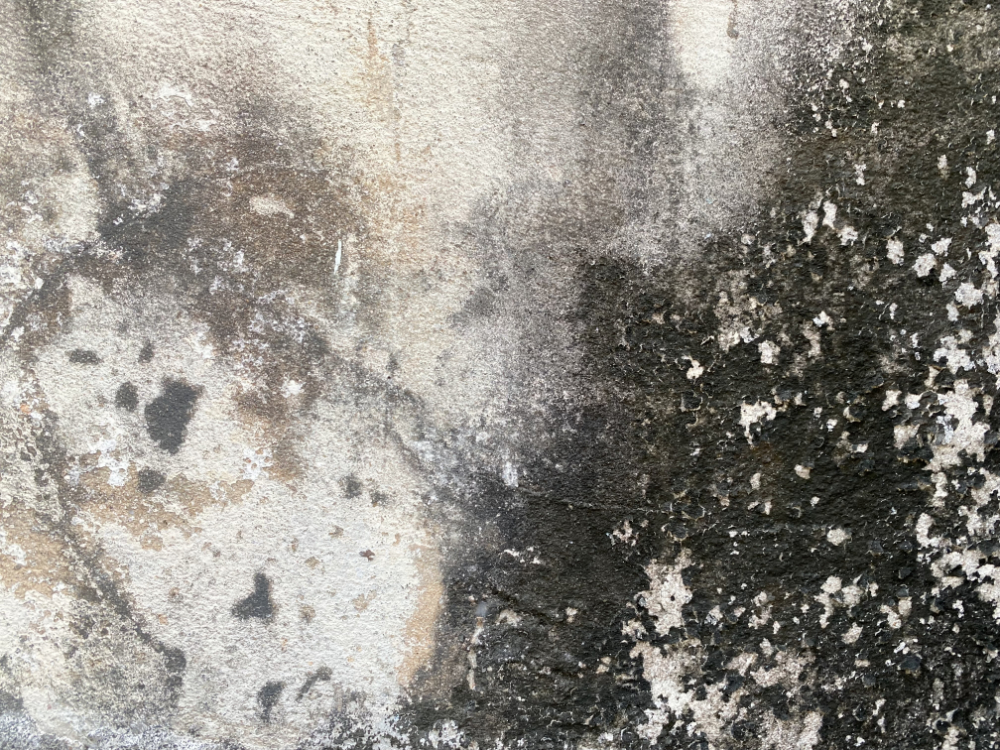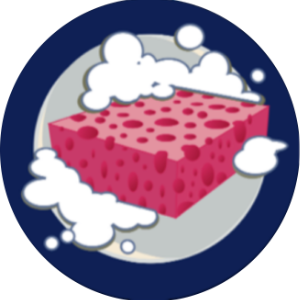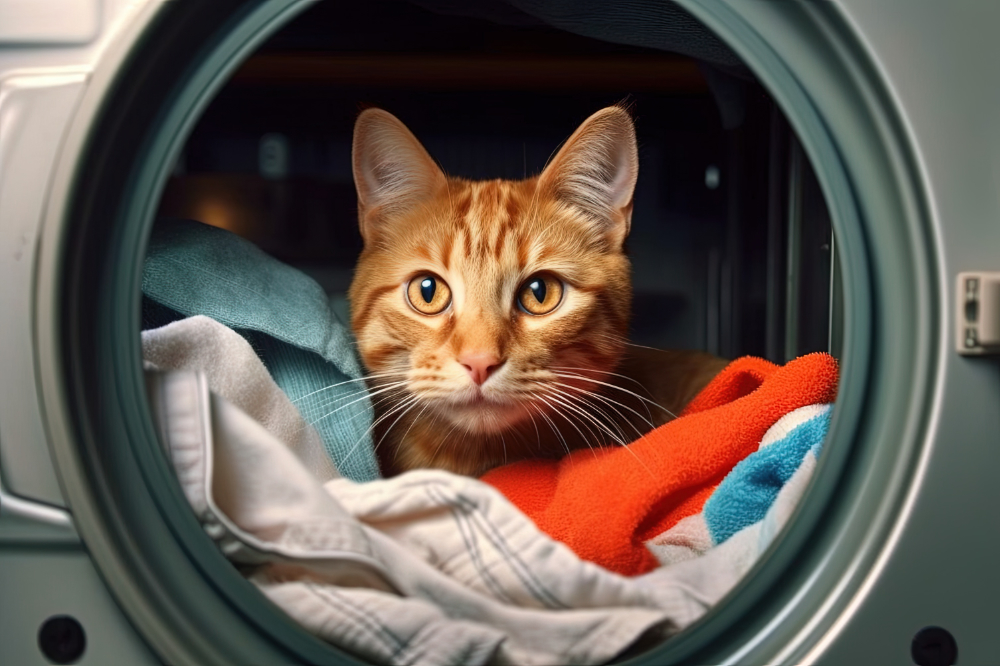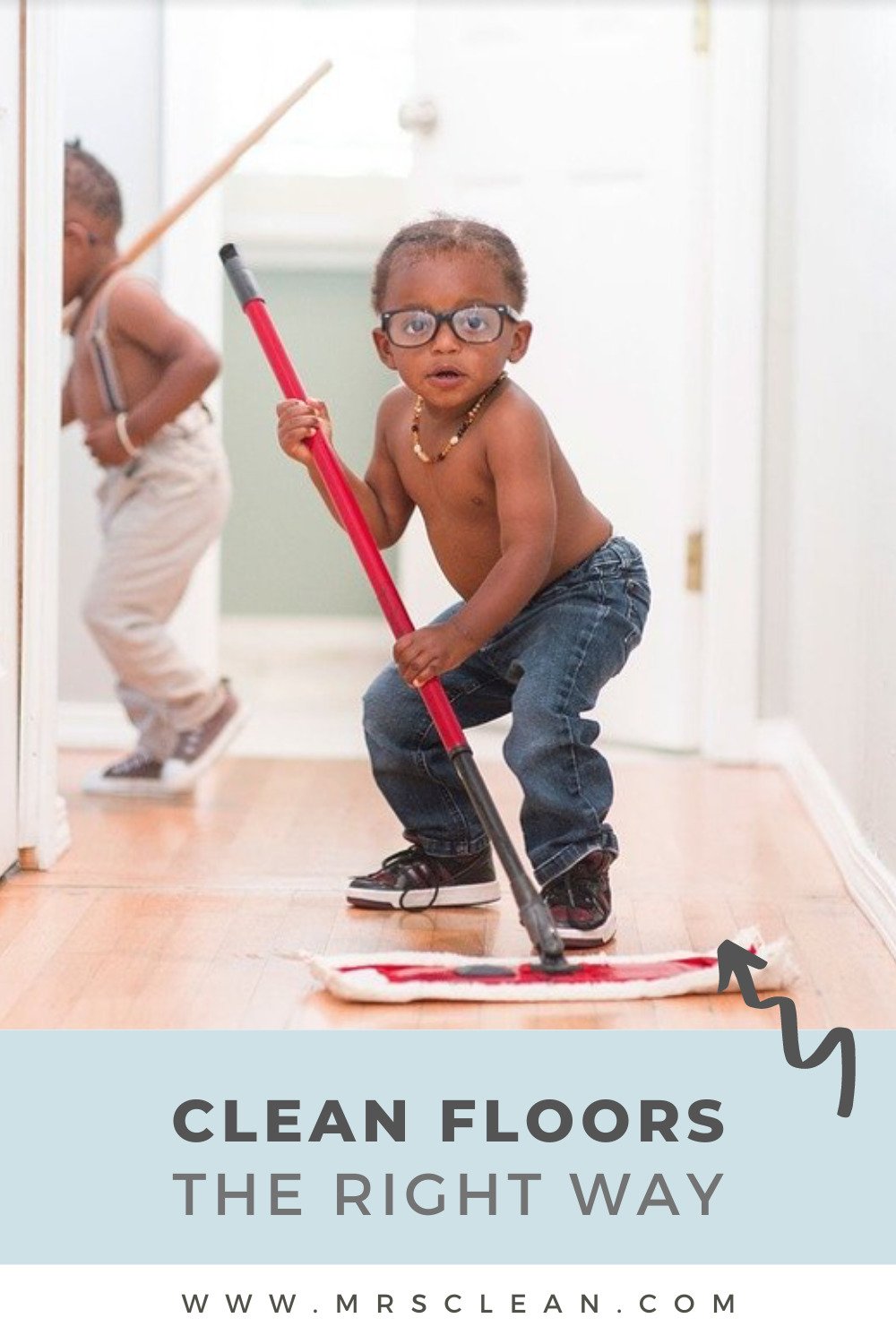Mold and mildew are common household nuisances that thrive in damp and humid environments. They not only affect the aesthetics of your home but can also pose health risks to you and your family. This comprehensive guide will help you understand mold and mildew, identify their causes, and provide step-by-step instructions on how to safely and effectively remove and prevent their growth.
Understanding Mold and Mildew:
What is Mold and Mildew?
Mold and mildew are types of fungi that thrive in moist, warm conditions. They can appear as dark spots or discoloration on various surfaces, including walls, ceilings, wood, and fabrics.
Health Concerns:
Exposure to mold and mildew can lead to respiratory issues, allergies, and other health problems, especially in individuals with compromised immune systems or respiratory conditions.
Identifying the Causes:
Common Causes:
Mold and mildew growth are typically caused by factors such as high humidity, water leaks, inadequate ventilation, and poor insulation. Identifying and addressing these underlying issues is crucial for effective removal and prevention.
There are builders and flippers (people who fix houses up for resale), who cut corners and use regular sheet rock (or dry wall) behind a bathroom wall instead of Green board which is water resistant.
Signs of a Mold Problem:
Musty odors, visible dark spots, or peeling paint are common signs of a mold or mildew problem in your home.

Removal and Prevention:
Safety Precautions:
Before starting the removal process, ensure your safety by wearing protective gear such as gloves, a mask, and safety goggles. Ventilate the area and restrict access to children and pets.
Steps for Mold and Mildew Removal:
- Assess the Extent: Identify the scope of the problem. Is it a small surface issue or a larger infestation?
- Isolate the Area: Seal off the affected area to prevent the spread of spores to other parts of the house.
- Remove Contaminated Materials: Discard porous materials like drywall, insulation, or carpets that are extensively contaminated.
- Clean with Antifungal Solutions: Use commercial mold and mildew removers or create a solution of water and detergent to scrub the affected surfaces thoroughly.
Some people say to use bleach to kill the mold. Even mold removal courses say to do this. Others say that the bleach only bleaches it, that it is not killed. Other places say to spray the mold with vinegar to kill it. I have also seen reports that a solution of 6% Hydrogen Peroxide spray will kill it.
(Solutions of Hydrogen Peroxide in the drug store are only 3% – you would need to buy a solution of 35% and you would need to put 6 Tablespoons of this solution into a cup of water to make the 6%. – Please note that a solution of 35% will burn your skin, so use gloves when handling it and do not breathe it in.
- Dry the Area: Ensure the area is completely dry to prevent future growth.
- Apply Preventive Measures: Identify and address the root causes of moisture, such as fixing leaks, improving ventilation, and using dehumidifiers.
- Regular Inspections: Conduct routine inspections to catch mold or mildew growth early and prevent it from becoming a more extensive problem.
Professional Help:
When to Call Professionals:
If the mold or mildew infestation is extensive, hidden within walls, or in ductwork, it’s advisable to seek professional assistance for safe and thorough removal.
Mold Testing:
Professional mold testing can help identify the type of mold present and its potential health risks.
Preventing Future Growth:
Long-Term Prevention:
To prevent future mold and mildew growth, maintain a dry and well-ventilated home, repair leaks promptly, and consider using mold-resistant materials in areas prone to moisture.
Keep in mind that mold does not like light or moving air.
Routine Maintenance:
Regularly inspect and clean areas prone to moisture, such as bathrooms, kitchens, and basements.
By following these steps and taking proactive measures, you can effectively remove mold and mildew from your home, improve indoor air quality, and create a healthier living environment for you and your family. Remember that preventing their return is just as crucial as their removal, so stay vigilant and address any moisture-related issues promptly.




